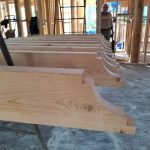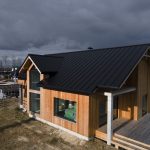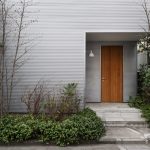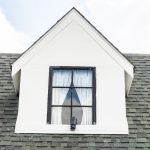Best Bathroom Flooring for Wet Areas
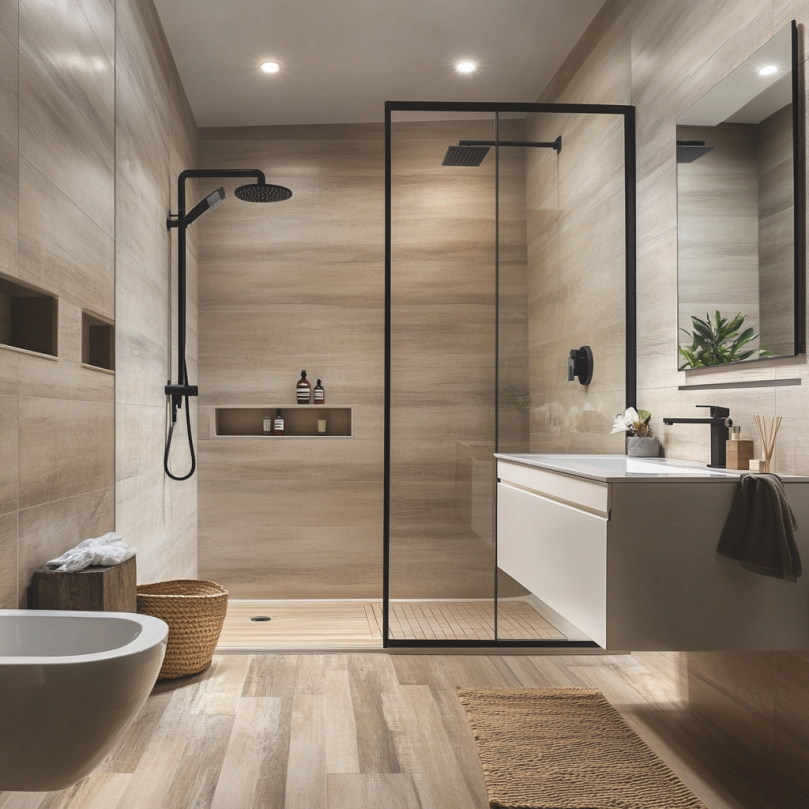
Waterproof and Beautiful Flooring Solutions for a Functional Remodel
Best bathroom flooring for wet areas is one of the most important choices you’ll face during a remodel. Bathrooms endure constant moisture, making flooring selection crucial for longevity, safety, and appearance. Choosing the best bathroom flooring for wet areas ensures your remodel stands the test of time.
Not all materials are equal when exposed to water. In this guide, we’ll cover the best bathroom flooring for wet areas, exploring waterproof, durable, and stylish choices to help you make the right decision.
Why Choosing the Best Bathroom Flooring for Wet Areas Matters
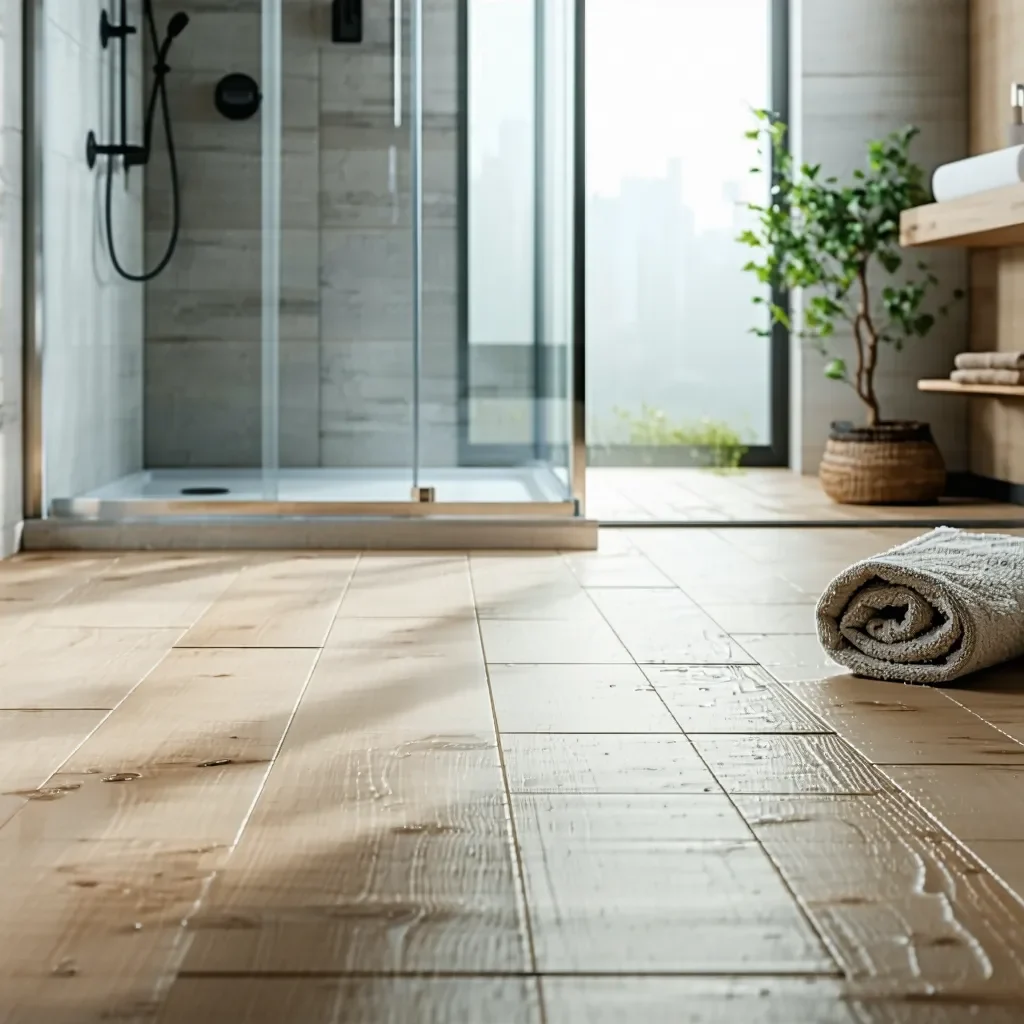
The best bathroom flooring for wet areas must go beyond water resistance. It should also guard against mold, mildew, slipping, and long-term wear. When planning your bathroom remodel, prioritizing the best bathroom flooring for wet areas protects both your home and your investment.
Top priorities include:
- Waterproof or highly water-resistant
- Slip-resistant
- Easy to clean and maintain
- Durable in high humidity
- Visually appealing and stylish
Top Flooring Options for Wet Areas
Porcelain and Ceramic Tile
Best Overall Choice for Wet Areas
Porcelain and ceramic tiles are often considered the best bathroom flooring for wet areas due to their complete waterproof properties.
Advantages:
- Fully waterproof
- Low maintenance
- Available in various textures and designs
- Excellent for entire bathrooms, showers, and backsplashes
Design Tip: Use matte or textured finishes to prevent slipping. This makes them the best bathroom flooring for wet areas in high-traffic zones.
Luxury Vinyl Plank (LVP) and Luxury Vinyl Tile (LVT)
Stylish and Budget-Friendly Waterproof Flooring
Luxury vinyl mimics wood or stone while offering the best bathroom flooring for wet areas on a budget.
Advantages:
- 100% waterproof options available
- Comfortable underfoot
- Easy to install and maintain
- Stylish and cost-effective
Design Tip: Use wood-look vinyl for spa-inspired bathrooms and enjoy the benefits of the best bathroom flooring for wet areas.
Natural Stone (with Proper Sealing)
Elegant but High-Maintenance Option
When properly sealed, natural stone like marble or slate makes for beautiful, durable, and water-resistant flooring. It’s a luxurious take on the best bathroom flooring for wet areas.
Advantages:
- Adds value and luxury
- Unique natural patterns
- Extremely durable
Considerations:
- Requires sealing and maintenance
- Slippery when polished
Design Tip: Choose honed finishes to improve traction.
Engineered Wood (With Caution)
For Real Wood Lovers
Engineered wood is a stylish compromise and can be used carefully as bathroom flooring for wet areas.
Advantages:
- Real wood appearance
- More stable than hardwood
- Comfortable underfoot
Considerations:
- Not fully waterproof
- Needs sealing and ventilation
Design Tip: Combine with tile in wettest zones. It’s not the best bathroom flooring for wet areas, but it can work in low-moisture spots.
Concrete Flooring
Modern, Industrial, and Waterproof
Concrete is one of the best bathroom flooring options for wet areas in minimalist homes.
Advantages:
- Seamless and waterproof when sealed
- Extremely durable
- Customizable with stains and textures
Design Tip: Use radiant heating for comfort. Concrete flooring offers some of the best bathroom flooring for wet areas in contemporary design.
Cork Flooring (Water-Resistant Only)
Eco-Friendly and Comfortable
Though not fully waterproof, cork can still be used as bathroom flooring in wet areas with the right sealing.
Advantages:
- Sustainable
- Naturally mold-resistant
- Soft underfoot
Considerations:
- Must be sealed thoroughly
- Not ideal for high-moisture bathrooms
Best Uses: Powder rooms or light-use guest bathrooms
Key Safety Features for Bathroom Flooring in Wet Areas
- Slip-Resistant Textures: Use matte or slip-rated finishes as part of the best bathroom flooring for wet areas
- Smaller Tiles in Wet Zones: More grout lines = better grip
- Grout Selection: Use mold-resistant and sealed grout like epoxy
Flooring Installation Tips for Wet Environments
- Waterproofing: Always waterproof beneath tile or stone for the best bathroom flooring for wet areas
- Subfloor Preparation: Ensure subfloor is level and clean
- Seamless Transitions: Use waterproof thresholds between flooring types
Trust Mazzamuto Construction for the Best Bathroom Flooring for Wet Areas
At Mazzamuto Construction, we guide clients to the best bathroom flooring for wet areas tailored to their home and design vision. From luxury vinyl to timeless porcelain tile, we ensure every install is waterproof, safe, and beautiful.
Schedule your consultation today and discover how we can transform your bathroom with the best flooring options available.
Start Your Wet Area Flooring Project with Confidence
At Mazzamuto Construction, we believe great spaces start with thoughtful planning and skilled craftsmanship. Whether you’re exploring ideas or ready to build, our team is here to guide you every step of the way. Let’s bring your vision home—reach out for a personalized consultation today!
Frequently Asked Questions
1. What is the most waterproof bathroom flooring?
Porcelain tile and luxury vinyl plank are among the best bathroom flooring for wet areas due to their exceptional waterproof capabilities.
2. Is wood flooring suitable for wet bathrooms?
Traditional hardwood is not recommended, but engineered wood or waterproof vinyl that mimics wood can be a stylish alternative in dry zones.
3. How often should I seal stone or grout in the bathroom?
The best bathroom flooring for wet areas involving stone or grout should be sealed every 6–12 months depending on usage.
4. What flooring is best for a walk-in shower?
Textured or small-format porcelain tiles are the best bathroom flooring for wet areas in showers thanks to their grip and water resistance.
5. Can I install bathroom flooring myself?
DIY is possible with vinyl, but for the best bathroom flooring for wet areas like tile or stone, professional installation is highly recommended.
Key Takeaways
- The best bathroom flooring for wet areas must be waterproof, slip-resistant, and attractive
- Porcelain tile and luxury vinyl offer a strong balance of form and function
- Stone adds elegance but requires sealing
- Safety features like texture and quality grout are essential
- Always consult experts like Mazzamuto Construction for long-lasting results

